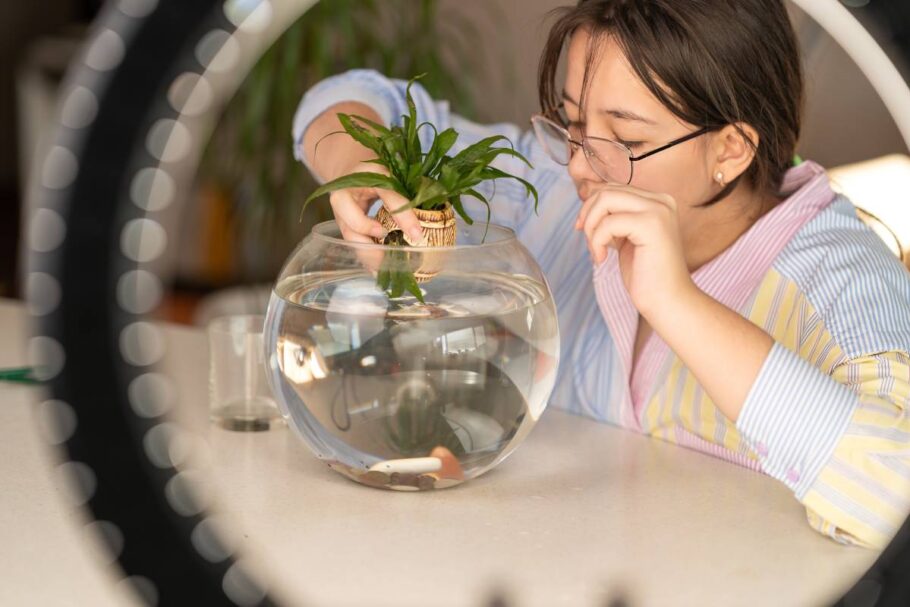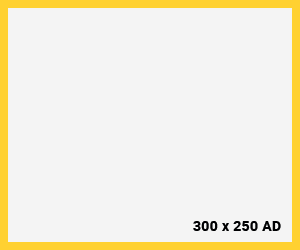Learn how to easily tell if your fish is hungry, how to properly feed them, and how often to feed them for a healthy aquarium environment.
Feeding your fish is very important to keep them healthy and happy. But fish cannot tell you when they are hungry. So, you need to learn how to see if your fish wants to eat and how to feed them the right way.
Feeding too much or too little can cause problems for your fish and the water in the tank. In this article, you will learn how to know if your fish is hungry, the best way to feed your fish, and how often you should feed them. This will help your fish live a long and healthy life.
How to Prepare Your Home Exterior for a Long-Lasting Paint ?
Veneers for Gaps: How Veneers Help Close Teeth Gaps?
How to Know If Your Fish Is Hungry
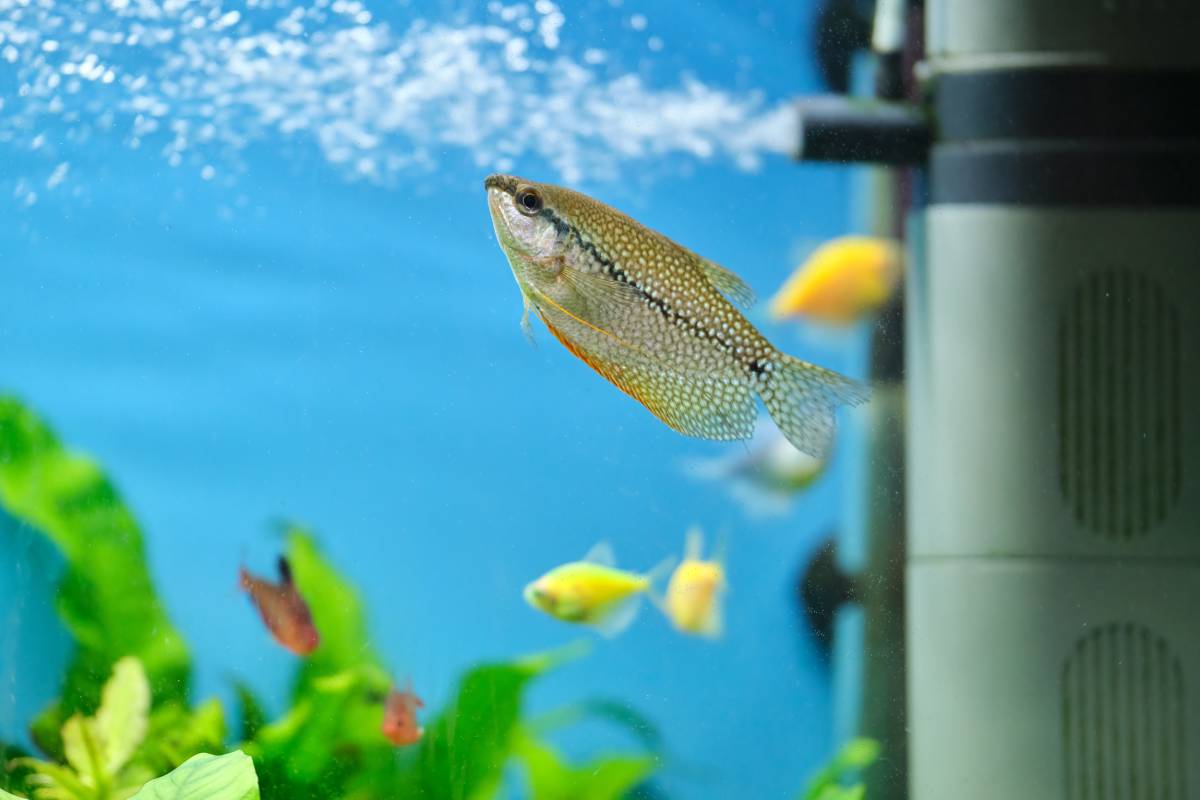
Unlike cats or dogs, fish cannot tell you when they are hungry. They do not come to you with a paw or bark. Instead, you need to watch their behavior carefully to know when it is time to feed them. Here are some common signs your fish may show when it is hungry:
- Swimming near the water surface or the feeding area: If your fish swims close to the top of the tank or near the place where you usually put food, it is often a sign they are waiting to be fed. They may follow your movements when you approach the tank.
- Begging or excited behavior: Some fish seem to “beg” for food by swimming rapidly near the glass or flapping their fins. They may even jump or nibble at the water surface.
- Nibbling on plants or decorations: When fish are hungry, they may try to eat things they don’t normally eat, like plants, algae, or decorations in the tank.
- Opening their mouths often and searching: Hungry fish may open and close their mouths repeatedly or swim quickly looking for food.
- Changes in color or appearance: Sometimes, a hungry fish may lose some of its bright colors and appear dull or pale.
However, it is important not to confuse these signs with other fish behavior. Fish can be active for many reasons, such as playing, exploring, or interacting with other fish. So, it is best to watch your fish regularly and learn their normal patterns before deciding they are hungry.
How to Feed Your Fish Properly
Feeding fish is not just about giving food. It is important to choose the right food, give the right amount, and feed them in a way that keeps them healthy and the tank clean.
Choosing the Right Food for Your Fish
There are many types of fish food available, and choosing the right one depends on the kind of fish you have:
- Flake food: This is the most common food for tropical fish. It floats or sinks slowly, so fish can eat at different levels in the tank. Flakes are easy to store and use.
- Pellets: Pellets come in floating or sinking varieties. Some fish prefer sinking pellets if they feed at the bottom. Make sure you choose the right type for your fish.
- Frozen or live food: Foods like bloodworms, brine shrimp or daphnia are nutritious and loved by many fish. Feeding live or frozen food once in a while provides variety and extra nutrition.
- Vegetables: Some fish enjoy eating vegetables like peas, spinach, or zucchini. This is especially true for herbivorous or omnivorous fish.
Always buy good quality food from reliable sources. Poor-quality food may not have enough nutrients and can pollute the tank water.
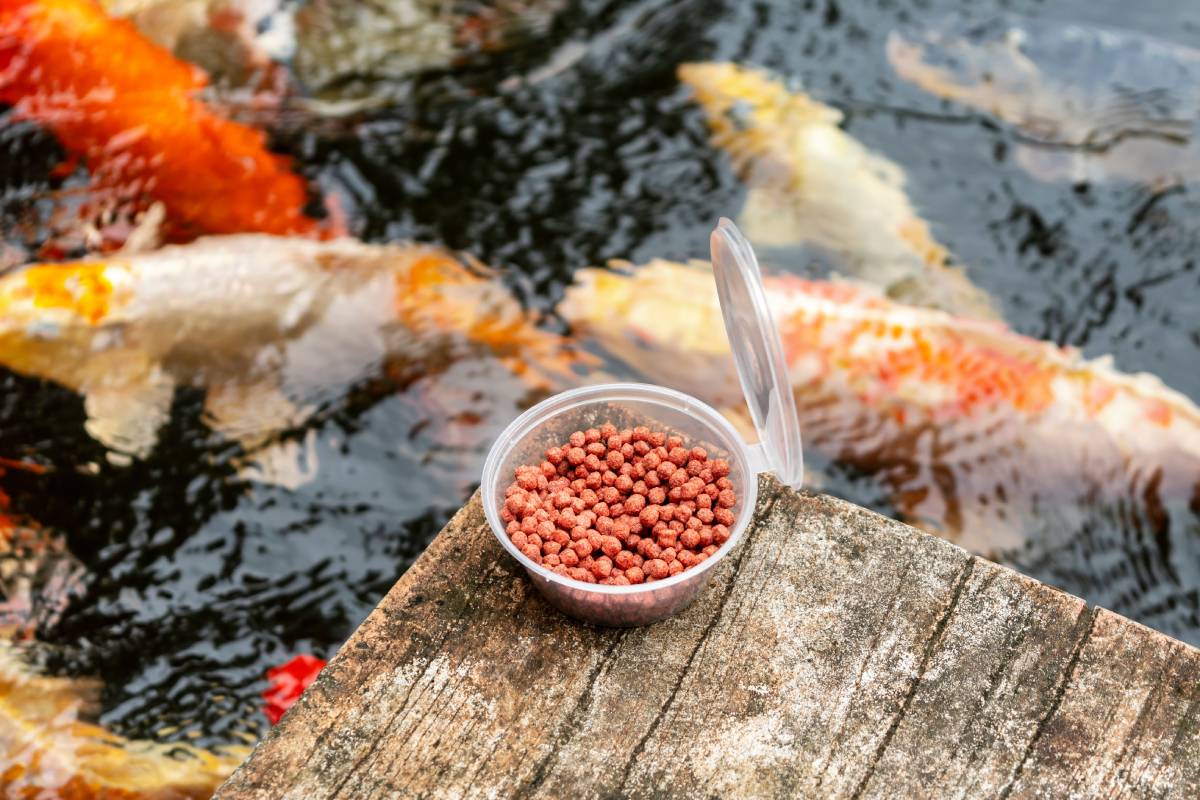
How Much Food Should You Give?
Feeding the right amount is very important. Giving too much food causes leftover bits to rot, which pollutes the water and can harm your fish. Feeding too little can make your fish weak or sick.
- Only give as much food as your fish can eat in 2 to 3 minutes.
- Start with a small amount, watch your fish eat, and add a little more if needed.
- If you see food left uneaten after 3 minutes, remove it from the tank.
How to Feed Your Fish
- Feed small amounts several times a day instead of one large meal. This helps fish digest food better and keeps water cleaner.
- Spread the food evenly across the tank so all fish get a chance to eat.
- For fish that feed at the bottom, place food near the tank floor.
- Watch your fish during feeding time to make sure all fish are eating and none are being bullied or left out.
Special Feeding Tips
- Young fish (fry) need more frequent feedings because they grow fast and burn energy quickly.
- Sick fish may need softer or easier-to-digest food, such as live or frozen food.
- Avoid feeding human food or anything not designed for fish as it can harm their health.
How Often Should You Feed Your Fish?
The feeding frequency depends on the type, size, and age of your fish.
General Feeding Guide
- Most tropical fish do well with feeding once or twice a day.
- Goldfish and koi can be fed 1 to 3 times daily but only what they can eat in a couple of minutes.
- Carnivorous fish (meat-eaters) may be fed every other day or less frequently depending on their metabolism.
- Young fish need feeding 3 to 4 times per day to support their growth.
Fasting Is Good Sometimes
It is healthy to skip feeding your fish one day each week. This helps clear their digestive system and prevents overeating problems. Many experienced fish keepers recommend this practice to maintain fish health.
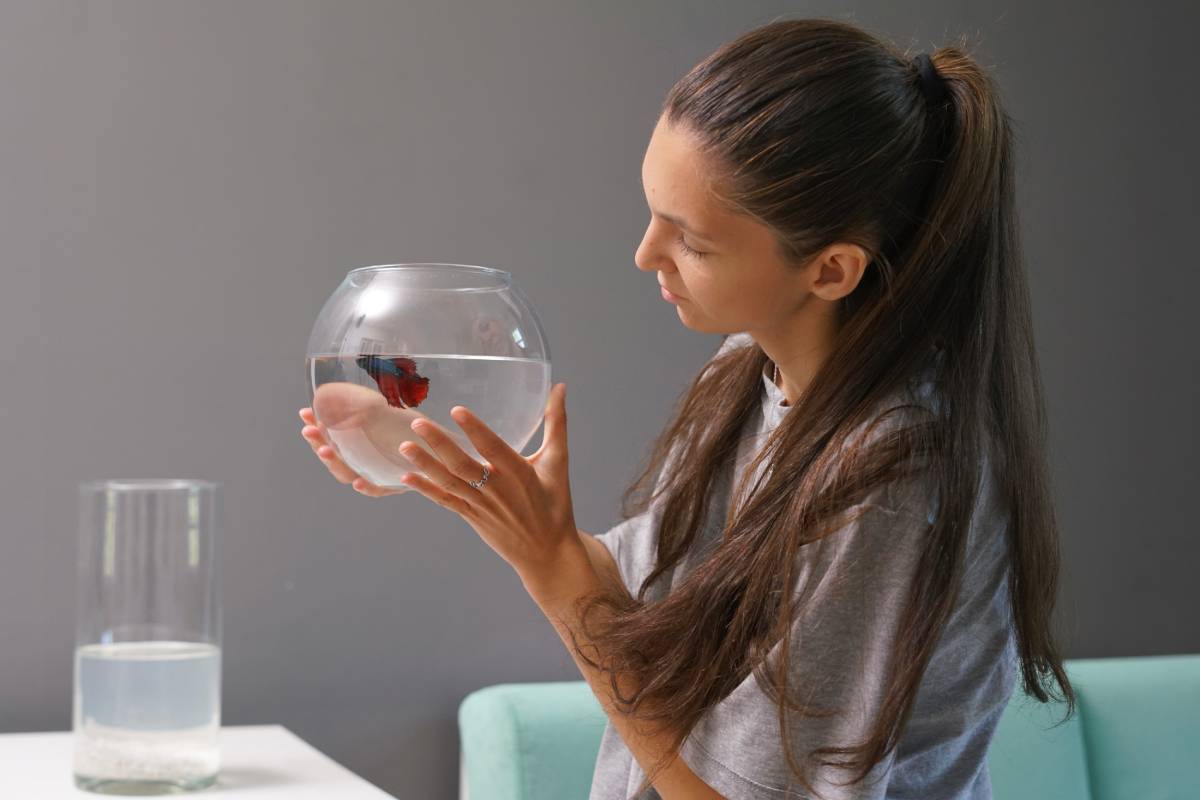
Adjust Feeding Based on Conditions
-
If your pet becomes less active or refuses food, feed less or take a break.
-
They eat less when the water is cold. Adjust feeding during winter or cold weather.
-
After cleaning the tank or moving them, wait a little before feeding so they can calm down.
Common Feeding Mistakes to Avoid
-
Overfeeding: This is the most common mistake. It causes dirty water, poor health, and algae growth.
-
Wrong type of food: Feeding carnivorous pets with plant food or vice versa is harmful.
-
Irregular feeding times: They prefer routine. Feeding at different times can stress them.
-
Ignoring behavior: Watch your pet carefully to adjust feeding habits as needed.
Conclusion
Feeding your fish properly is key to keeping them healthy and your tank clean. Learning to read your fish’s behavior will help you know when they are hungry.
Always choose the right food, feed the right amount, and feed regularly. Avoid common mistakes like overfeeding or feeding the wrong food.
With good feeding habits, your fish will stay bright, active, and live a long happy life. Feeding your fish correctly is easy once you understand their needs and routines.

